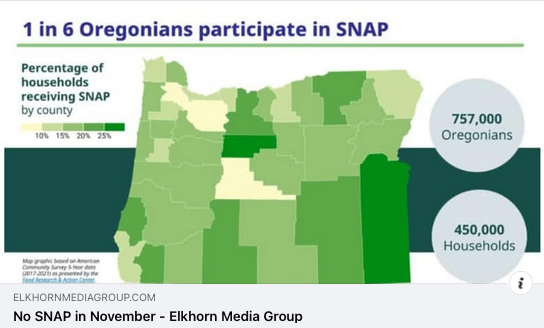Hiding people
ICE descends on an area, snatching people from streets and businesses at random. They stay for days or weeks, then move on. Simply not being where they are is protective.
If you are a white-passing American, it’s time to decide if you’d really hide Anne Frank. Don’t worry—what you need to do is easier than that, and it’s still legal. Start with some simple steps and work your way up to being a temporary hideout.

How to do it:
Many Americans have “a guy” who has done yardwork, home cleaning, or other tasks for years or even decades. Most of these workers are legal, but ICE doesn’t care. Those who are citizens are being told to carry their passports, and they still get grabbed by ICE from streets, beds, and even daycare centers. It’s time to talk about directly protecting our neighbors. We’ll start with easy options.
Truly simple things:
- Give holiday bonuses now
- Pay in cash, and pay extra if you can
- Tell them it’s okay not to show up for work without warning
- Let them change hours or days if feasible: patterns are risk
- Ask them what they need; build the relationship past a paycheck
A little harder:
- If you have a crew present (e.g. roofing work) tell them ICE does not have permission to be on your property, and to call you if they arrive. Prepare to confront ICE, and to be harassed by ICE. Know your rights and practice your nerve. Here is a “cheatsheet” for ICE encounters, including how to tell if they are presenting a real judicial warrant.
- If you have friends (casual or close) in immigant communities, offer to attend immigration check-ins for people they know. Offer to help organize resources if someone is taken. This is time consuming, and ICE might harass you, but it is the most direct resistance you can engage in without crossing legal boundaries. You’ll quickly find out where neighbors stand, too.
The big one: hiding people
ICE isn’t big enough to sustain pressure everywhere, all the time (not yet) so they hit an area hard then move on. Because they’re haphazard simply not being there is a good defense. If you are a white American in a privileged neighborhood, offer a hideaway.
This is not “hiding a family in your attic.” That rarely worked anyway.* What we’re proposing is easier than that, but you’re still going to go out on a limb socially, inconvenience yourself, and you may have to face ICE down. Everything we are about to propose is still legal.
First, take stock of your home. Evaluate spaces where one or more people could spend a few hours to a few days. Consider access: a roofing crew may be able to get to an outbuilding faster than you can get to the door to let them in. Your housekeeper can let herself in when you aren’t even home.
If everyone is an adult, provide food and other basic needs, and learn how to face down ICE. It is likely ICE will move on within a few hours.
If you have a longstanding relationship with someone, take it a step further. If ICE targets their neighborhood their entire family is at risk, and they may be trying to protect kids from the full horror. Offer your rec-room for a spur-of-the-moment “movie night” with popcorn and pizza for the kids. Discuss how it would work: can they let themselves in at 2am? Do you want a text or call? Could your home be their emergency rendevous point—and what should you do if the kids show up alone?
This is one of the more difficult actions we’ve written about, but it has the potential to save lives. It remains entirely legal to invite anyone into your home, and to deny access to ICE unless they have a properly signed judicial warrant. They rarely do, and never for random targets.
* What did work in WWII was integrating white-passing Jews openly as a visiting relative. It’s very hard to manage all the food and waste needs of a person or family secretly for months or years, but the war fueled widespread displacement, so Jews who could pass created new identities and hid in open sight. Those who successfully slipped past checkpoints or integrated into open society, survived.




